Helgoland is the best place for bird watching. At this time of year (September/October) and in spring (April/May) thousands of migratory birds come to find a sheltered spot between the red rocks of the island. What a fantastic destination if you love nature, animals and special locations!
Where is Helgoland?
Helgoland is a relatively unknown German island in the middle of the North Sea. Which makes the place so special. This tiny rocky island is located far off shore; about 40 mile. Much further out to sea than the other German Wadden Islands. Helgoland consists of two islands: the main island and Helgoland-Düne.
Lange Anna
The main island – less than 1,5 square mile in size- has a small beach and a few hotels, restaurants and shops. The beautiful red rocky coastline impresses when you arrive by ferry. The “Lange Anna” (Long Anna) is an iconic 47 meter high red rock. Unfortunately there is the risk that the porous rock will one day collapse into the sea during a heavy storm. So don’t forget to take a few pictures of this photogenic rock.
Bird watcher's paradise
On the main island you can see lots of gannets and seagulls (kittiwakes). Helgoland is a stopping place for thousands of seabirds that land here to rest and search for food. These large bird colonies guarantee the birdwatcher hours of entertainment.

Between the seals on Helgoland-Düne
The second island, Helgoland-Düne, is an island of limestone, sandy beaches and dunes. You can stay in a small holiday park and -in case you don't want to travel by ferry- this island even has a small airport. The most fantastic thing of course is the large colony of seals: in fact this is the home of the gray seals. These animals spend the day sunbathing on the beach and don't care much about the nature explorer and his camera.
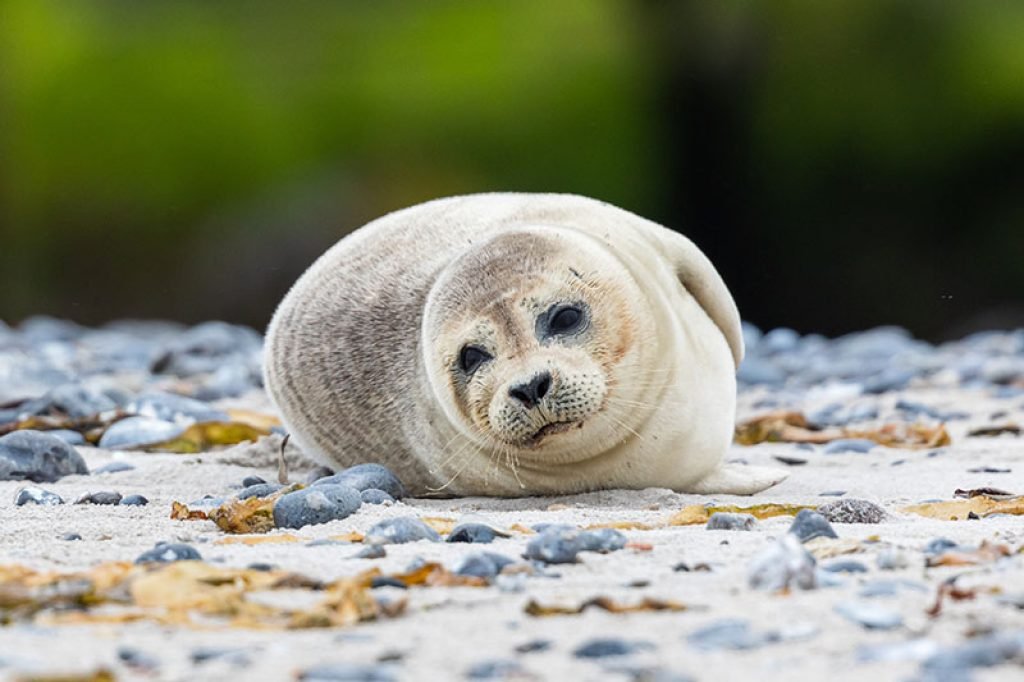
Ferry from Germany to Helgoland
Departure to Helgoland by ferry from 5 ports in Germany
- Hooksiel
- Bremerhaven
- Hamburg
- Cuxhaven (day trip possible)
- Büsum
We give you more information about the best crossing to Helgoland and a useful map with all ferry routes on this page: Ferry to Helgoland.
Tip: make a day trip to Helgoland
Helgoland is small. Do you want to experience the beautiful nature of the island in just one day? A day trip to Helgoland is possible from Cuxhaven. The fast ferry takes you to Helgoland in 75 minutes and at the end of the day you get back on the ferry to the mainland of Germany.
Need more information? Check out the Helgoland tourist information site

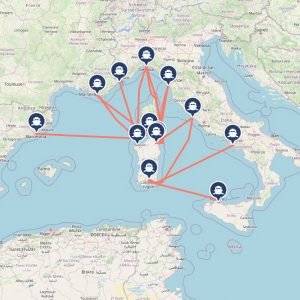
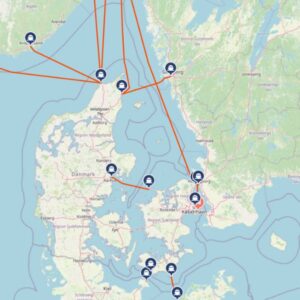
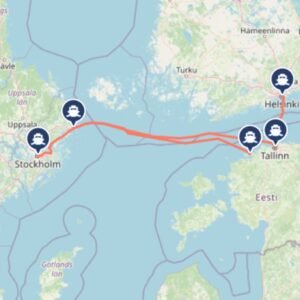
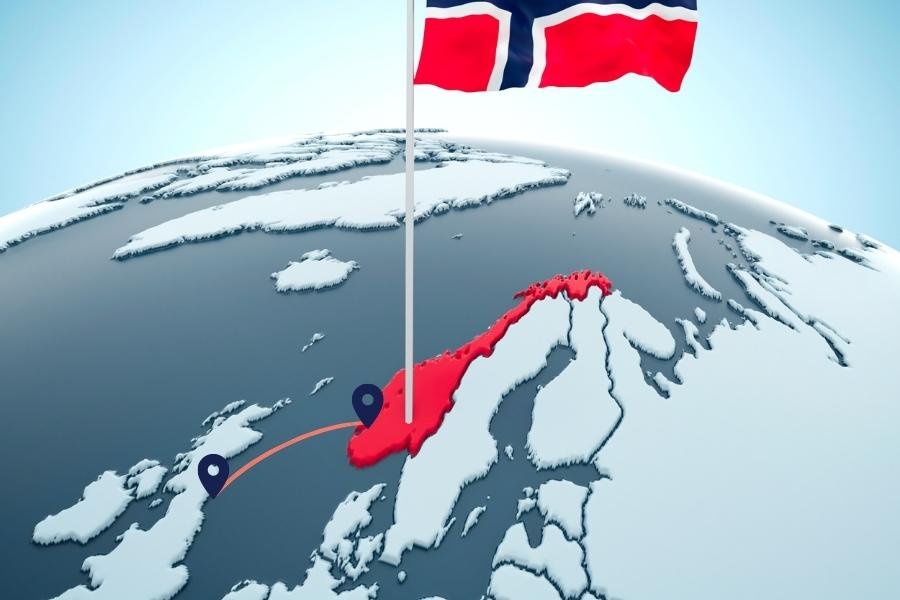
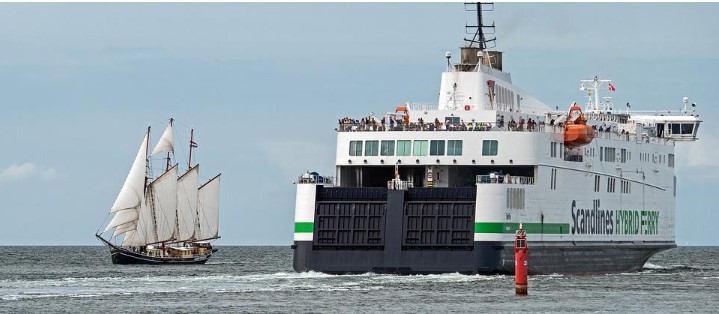

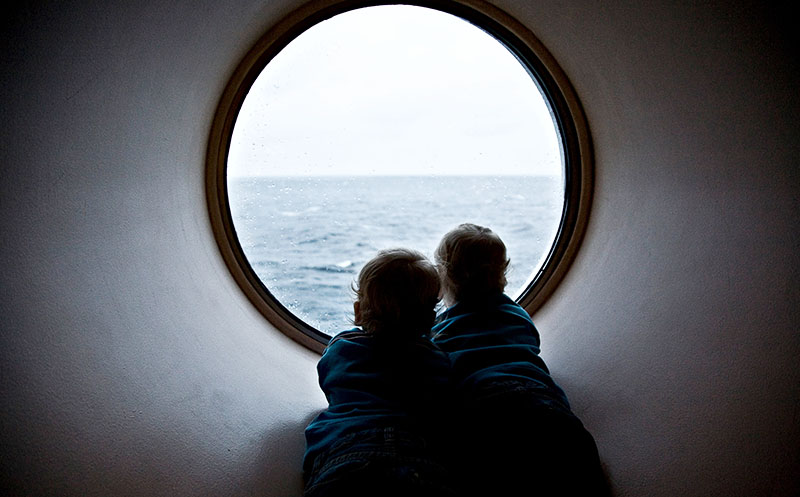
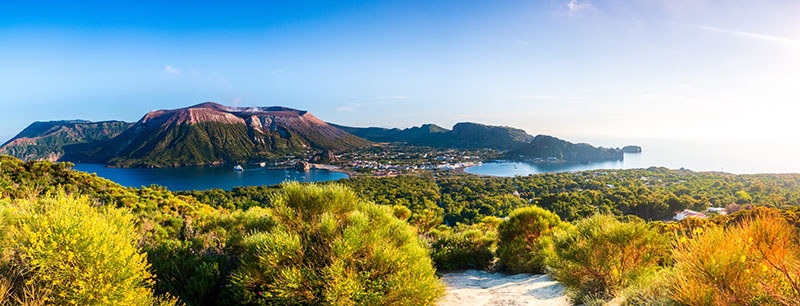
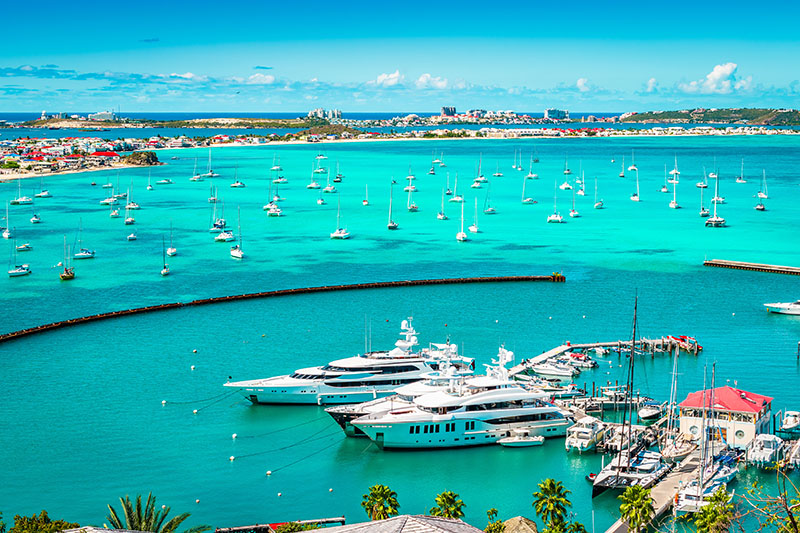

Does the weather vary, just wondering the best time for warm weather?
It’s a rainy island. For warm weather you really have to go there June/July/August.